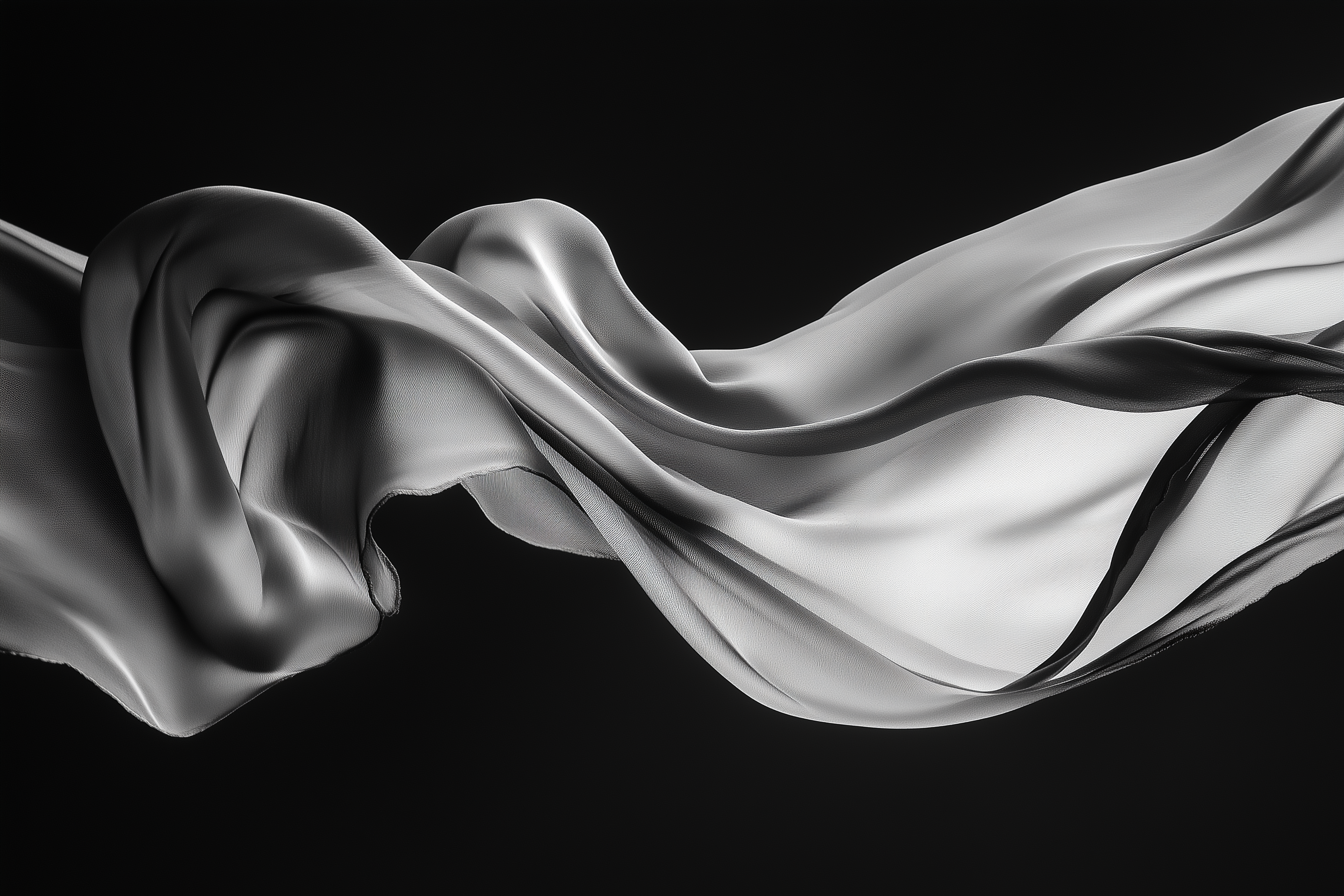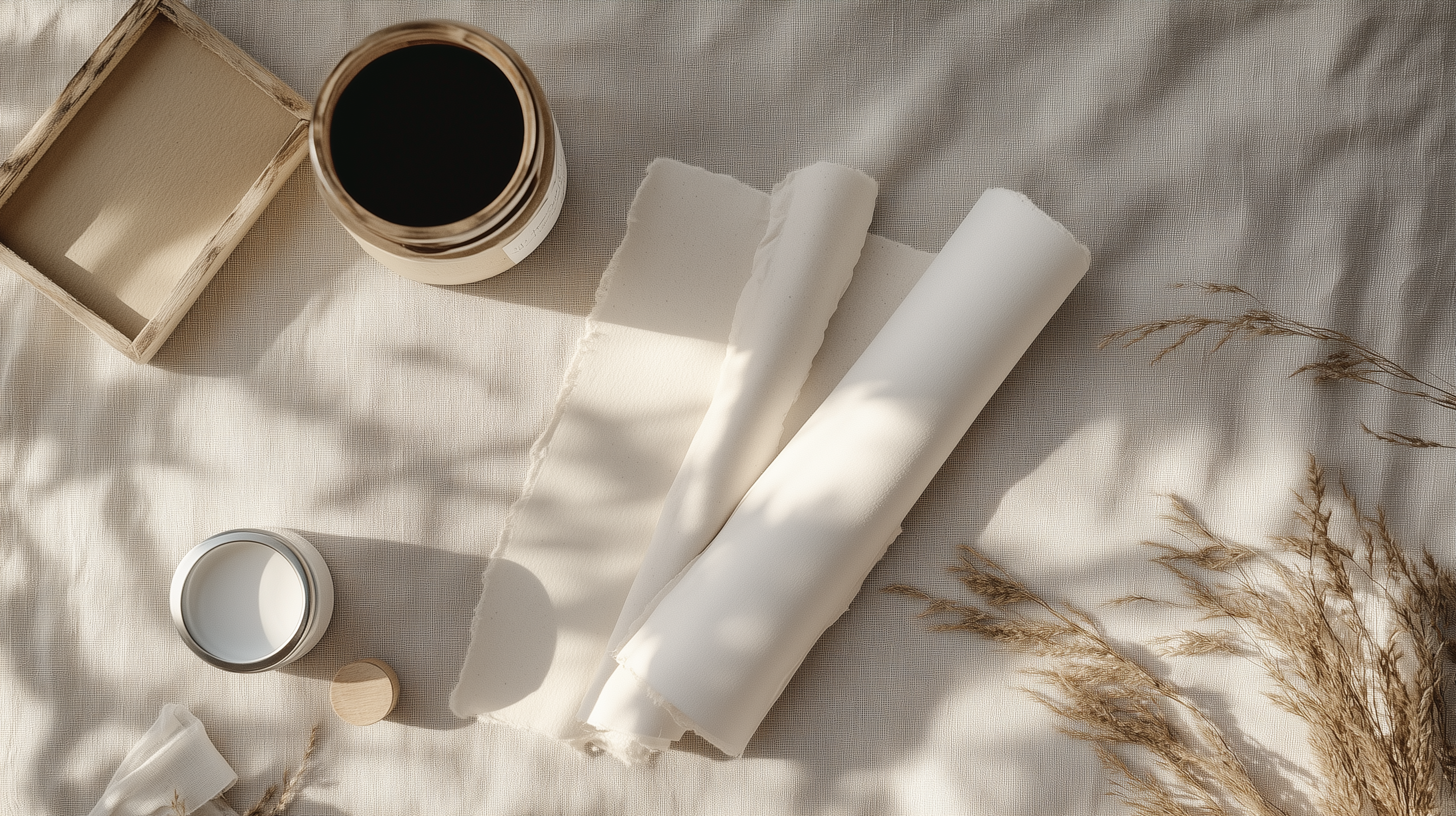In the ever-evolving landscape of creativity, AI-generated art has become a focal point of debate. As generative tools like DALL·E, Midjourney, and Stable Diffusion redefine the rules of creation, many ask: Is AI‑generated art “real” art? At artisCHt.com, where we cherish emotional depth and human intent in monochrome imagery, this question resonates deeply. In this post, we’ll explore the myths, examine expert viewpoints, and situate AI within the broader palette of artistic expression.
1. What Defines “Real Art”?
Art—at its core—is a bridge between creator and viewer. Human artists bring intention, emotion, and storytelling to life. Critics, such as Claire Bishop, argue that AI-generated works may lack intentionality and emotional resonance, making them visually engaging but emotionally shallow.
At the same time, a 2021 study found that people often perceive robot-made paintings as equally "art" compared to human-made ones—only attributing authorship to humans more readily. The dichotomy here is between art as an object and art as human intention.

2. Perspectives from Critics
-
Jerry Saltz vs. David Wallace‑Wells
In a 2025 discussion, critic Jerry Saltz emphasized that much AI art lacks emotional depth and context. David Wallace-Wells, though skeptical, conceded that AI could produce new experiences—its “alien” quality might be its value. (vulture.com) -
Academic Research
Scholars argue that AI art’s lack of agency and emotion may limit it, although parallel critiques apply to human art that resamples existing styles . -
Art Historian’s View
Claire Bishop maintains that if art is defined by intentionality and storytelling, AI-generated works fall short unless human input is substantively creative.
3. AI as a Tool, Not a Replacement
Rather than replace humans, AI resembles other creative tools—cameras, filters, algorithms. Matteo Wong of The Atlantic argues that using AI doesn’t diminish human agency any more than past technological leaps.
Even Jeff Koons, a leading contemporary artist, views AI as a supplement, not a stand-in—believing that technology should enhance, not replace, human creativity .
4. Authorship, Copyright & Transparency
Legal frameworks lag behind AI’s rapid expansion. The U.S. Copyright Office recently clarified that works with significant human input are copyrightable—even if AI tools are used . Transparency and attribution are critical: a 2024 survey showed most artists insist on disclosure regarding datasets used to train AI, and on creator rights.
5. Where AI Fits in the Art Spectrum
📍 Research as Creative Extension: AI can enable deeper visual experimentation and pattern exploration, especially in algorithmic art, a tradition stretching back to early computing .
📍 Hybrid Practices: Many artists mix hand-crafted art with AI processing, adding textures or unique color schemes by prompting AI—creating truly collaborative works .
6. What This Means for Monochrome & Minimalist Art
At artisCHt.com, our black-and-white, architecture-inspired aesthetic takes on new life with AI. Used thoughtfully—such as refining contrast in a cityscape or creating abstract shadows—AI can support creative intent without supplanting it.
Conclusion
-
AI-generated art challenges traditional definitions, but serves as an extension of human creativity—used responsibly.
-
Its value lies not in replacing artists, but in augmenting imagination, expanding visual boundaries, and supporting hybrid workflows.
-
Whether AI art “counts” depends on intent, transparency, and continued human curation.
We believe that with ethical use and clear attribution, AI can sit comfortably within the artisCHt philosophy: art that communicates, connects, and resonates.




Share:
How to Choose Art That Speaks to You
How to Incorporate AI‑Inspired Art Prints into Your Home Décor?